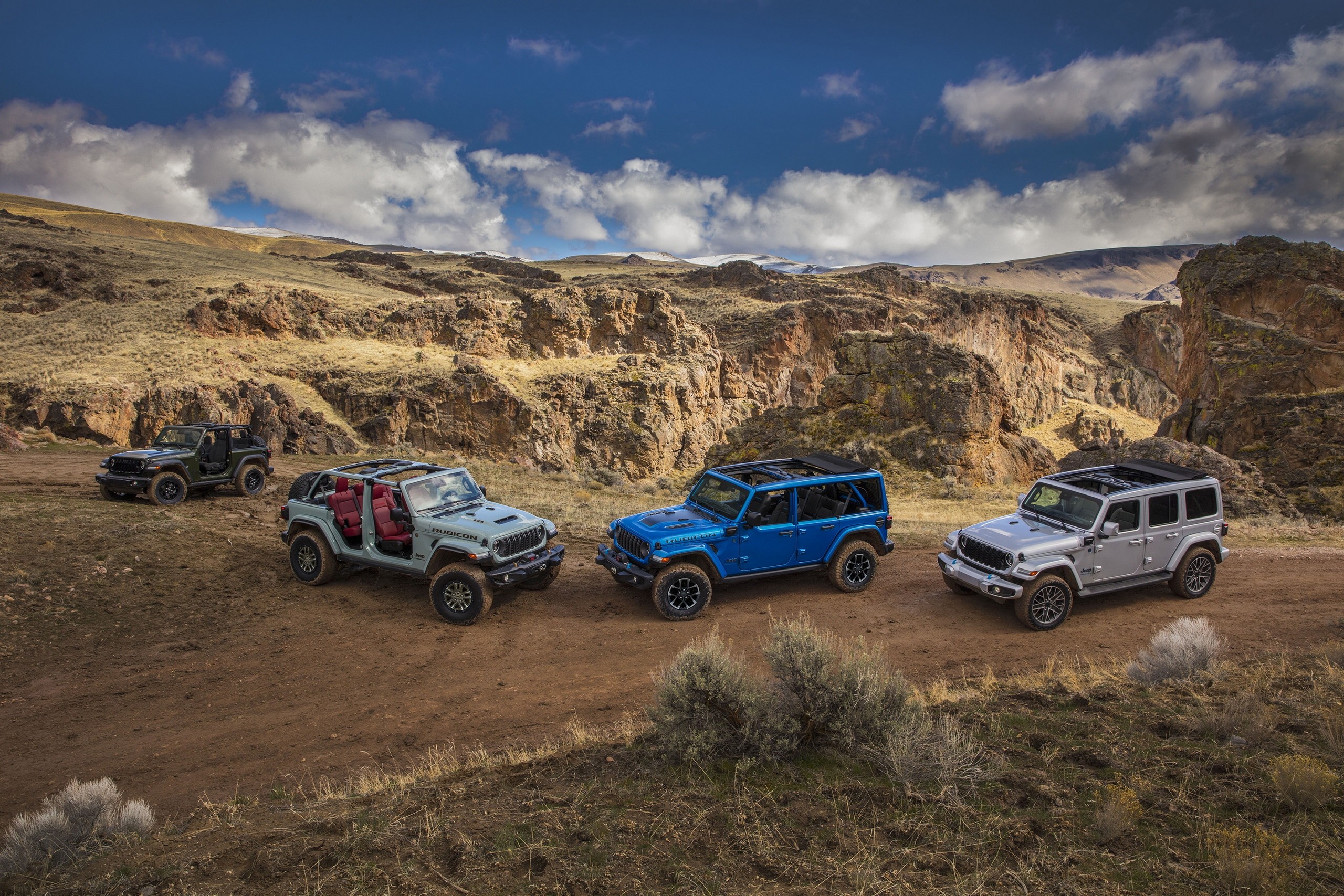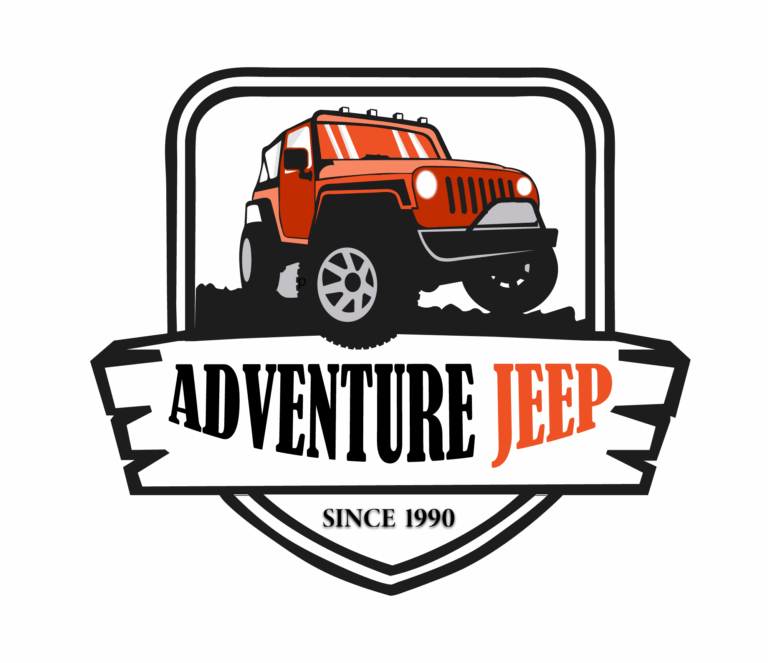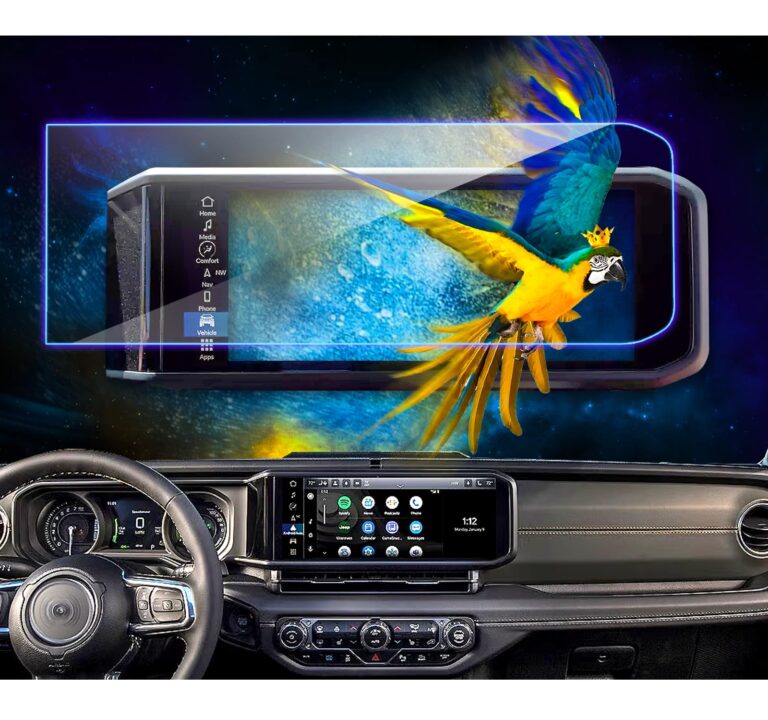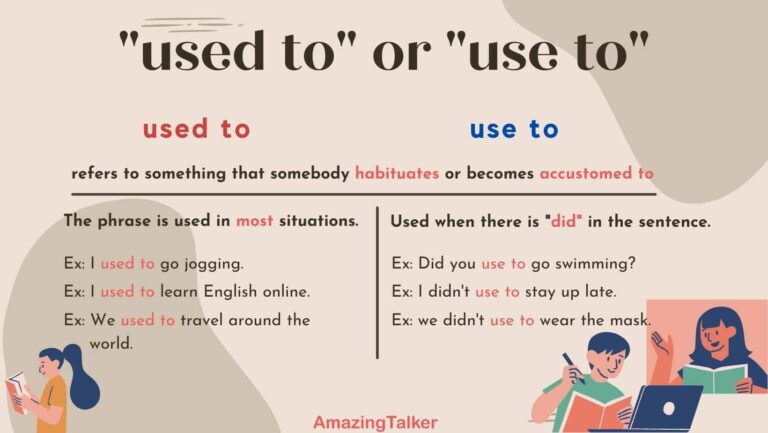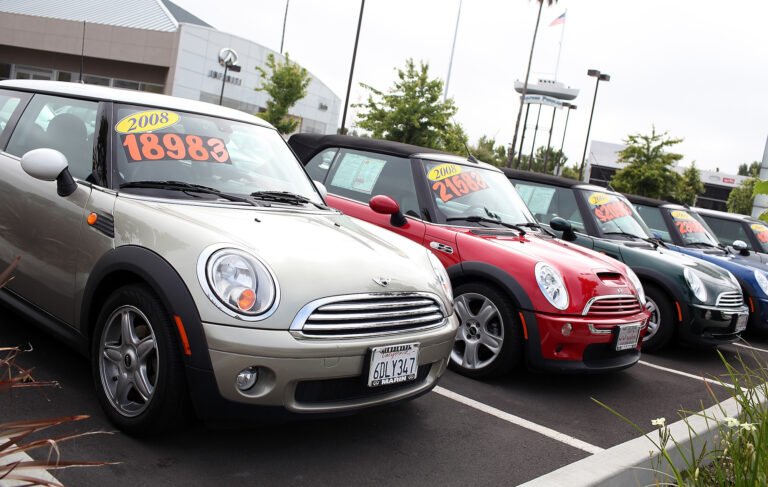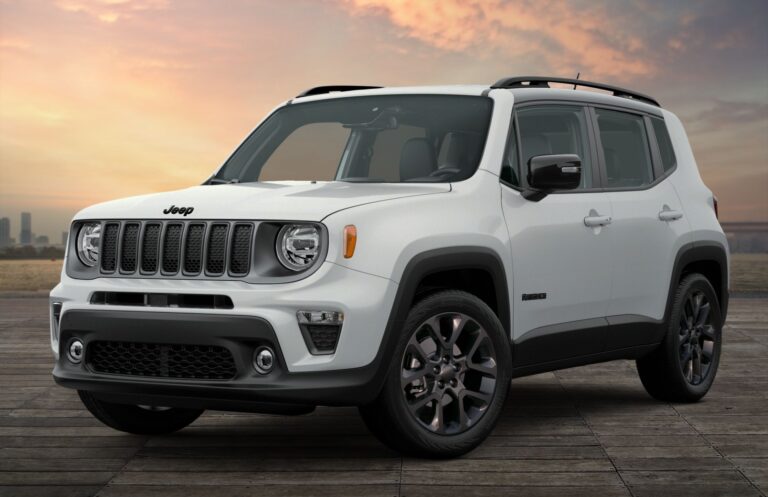Wrangler Jeep Versions: A Comprehensive Guide to the Iconic Off-Roader
Wrangler Jeep Versions: A Comprehensive Guide to the Iconic Off-Roader jeeps.truckstrend.com
The Jeep Wrangler is more than just a vehicle; it’s a symbol of adventure, freedom, and an enduring legacy rooted in military prowess. From its humble beginnings as a rugged utilitarian machine, the Wrangler has evolved through several distinct versions, each building upon its predecessor while retaining the core spirit of open-air, go-anywhere capability. Understanding these "Wrangler Jeep Versions" is crucial for enthusiasts, prospective buyers, and anyone curious about the lineage of one of the most iconic off-roaders ever made. This guide will delve into the rich history and distinct characteristics of each major Wrangler generation, offering insights into what makes each version unique and how to choose the right one for your adventures.
The Genesis: From CJ to the First Wrangler (YJ)
Wrangler Jeep Versions: A Comprehensive Guide to the Iconic Off-Roader
Before the "Wrangler" name graced the automotive world, there was the CJ (Civilian Jeep) series, direct descendants of the original Willys MB from World War II. The CJs established the rugged, open-top, off-road formula that would become synonymous with Jeep. However, by the mid-1980s, market demands for improved safety, comfort, and on-road manners led to the development of a new vehicle that would replace the venerable CJ-7.
1. The YJ Generation (1987-1995): The Inaugural Wrangler
The Jeep YJ, officially launched in 1987, marked the birth of the "Wrangler" nameplate. It was a significant departure from the CJ in several ways, most notably its rectangular headlights—a design choice that proved controversial among purists but was intended to differentiate it and appeal to a broader market.
Key Features & Characteristics:
- Suspension: Retained leaf spring suspension on both front and rear axles, providing robust off-road articulation but a somewhat stiff on-road ride.
- Powertrain: Initially offered with a 2.5L AMC 150 I4 and a 4.2L AMC 258 I6 engine. The 4.2L was later replaced by the more powerful and reliable 4.0L AMC 242 I6 in 1991, which would become a staple for future generations.
- Interior: Featured a more refined and car-like interior than the spartan CJ, with improved ergonomics and amenities.
- Design: While the square headlights were its most distinctive feature, the YJ also introduced a wider track for better stability and integrated roll bars for improved safety.

Why it Matters: The YJ was the bridge. It kept the spirit of the CJ alive while introducing modern features and safety considerations, setting the stage for the Wrangler’s evolution into a global phenomenon.
Refinement and Coil Springs: The TJ Generation
Following the YJ, Jeep unveiled a version that truly cemented the Wrangler’s identity while dramatically improving its on-road characteristics.
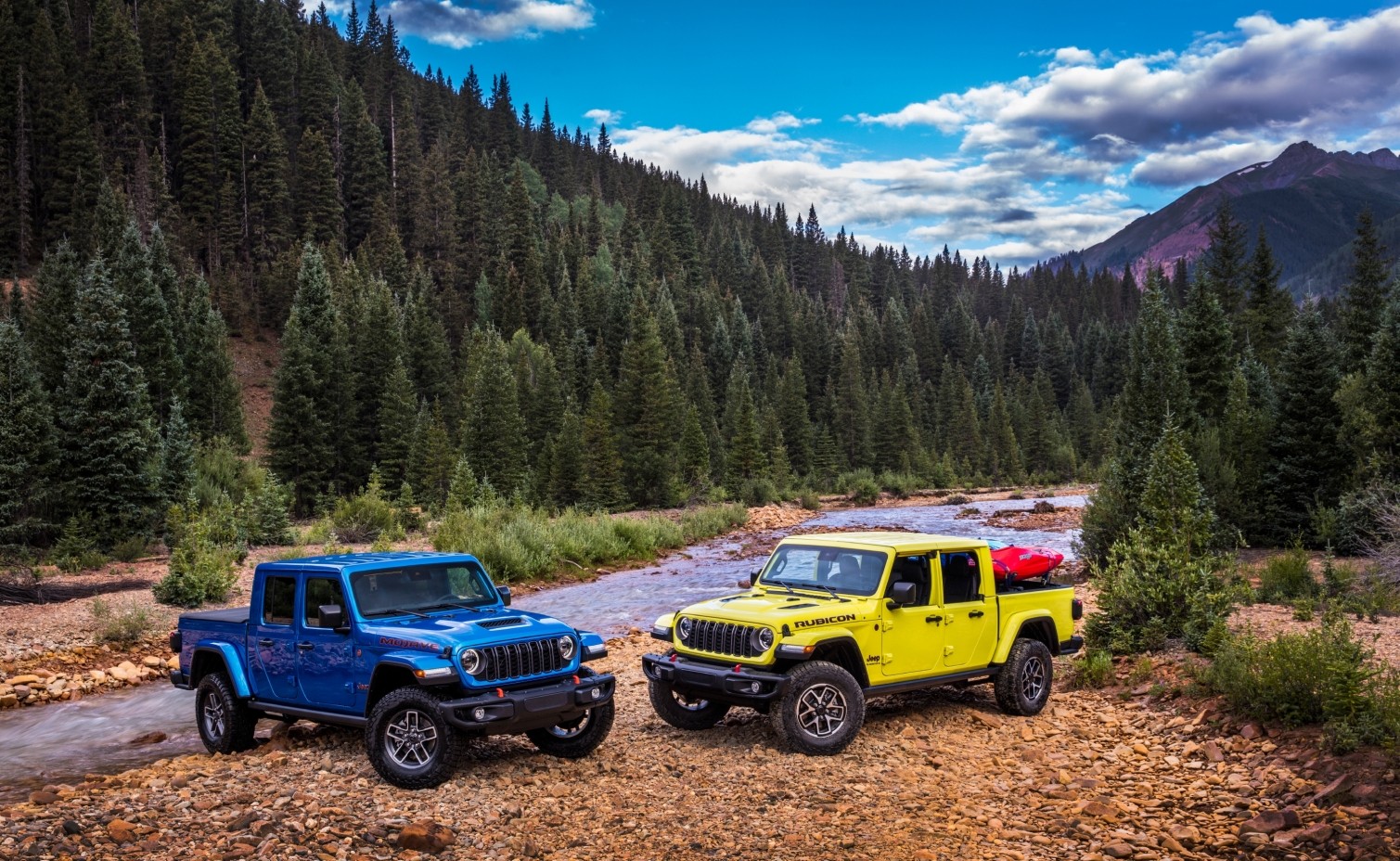
2. The TJ Generation (1997-2006): A Leap Forward
The Jeep TJ, introduced in 1997 (there was no 1996 model year Wrangler), was a game-changer. It addressed many of the YJ’s criticisms and introduced innovations that would define the Wrangler for years to come.
Key Features & Characteristics:
- Suspension: The most significant change was the switch from leaf springs to a coil spring suspension at all four corners. This drastically improved ride quality, handling, and off-road articulation, making the TJ much more comfortable for daily driving without sacrificing capability.
- Design: The beloved round headlights made their triumphant return, restoring the classic Jeep aesthetic. The TJ’s design was a modern interpretation of the CJ-7.
- Powertrain: Primarily powered by the highly regarded 4.0L AMC 242 I6 engine, known for its bulletproof reliability and torque. A 2.5L I4 was also available.
- Rubicon Trim (2003): This was a watershed moment. The Rubicon trim introduced factory-equipped features specifically for extreme off-roading, including Dana 44 axles front and rear, selectable locking differentials, a 4:1 low-range transfer case, and 31-inch tires. It set a new standard for off-road ready vehicles right off the showroom floor.
- Wrangler Unlimited (LJ) (2004-2006): A stretched version of the TJ, the LJ offered 10 inches of additional wheelbase, providing more cargo space and improved rear passenger legroom. Its longer wheelbase also enhanced stability and climbing ability off-road, making it a highly sought-after model today.
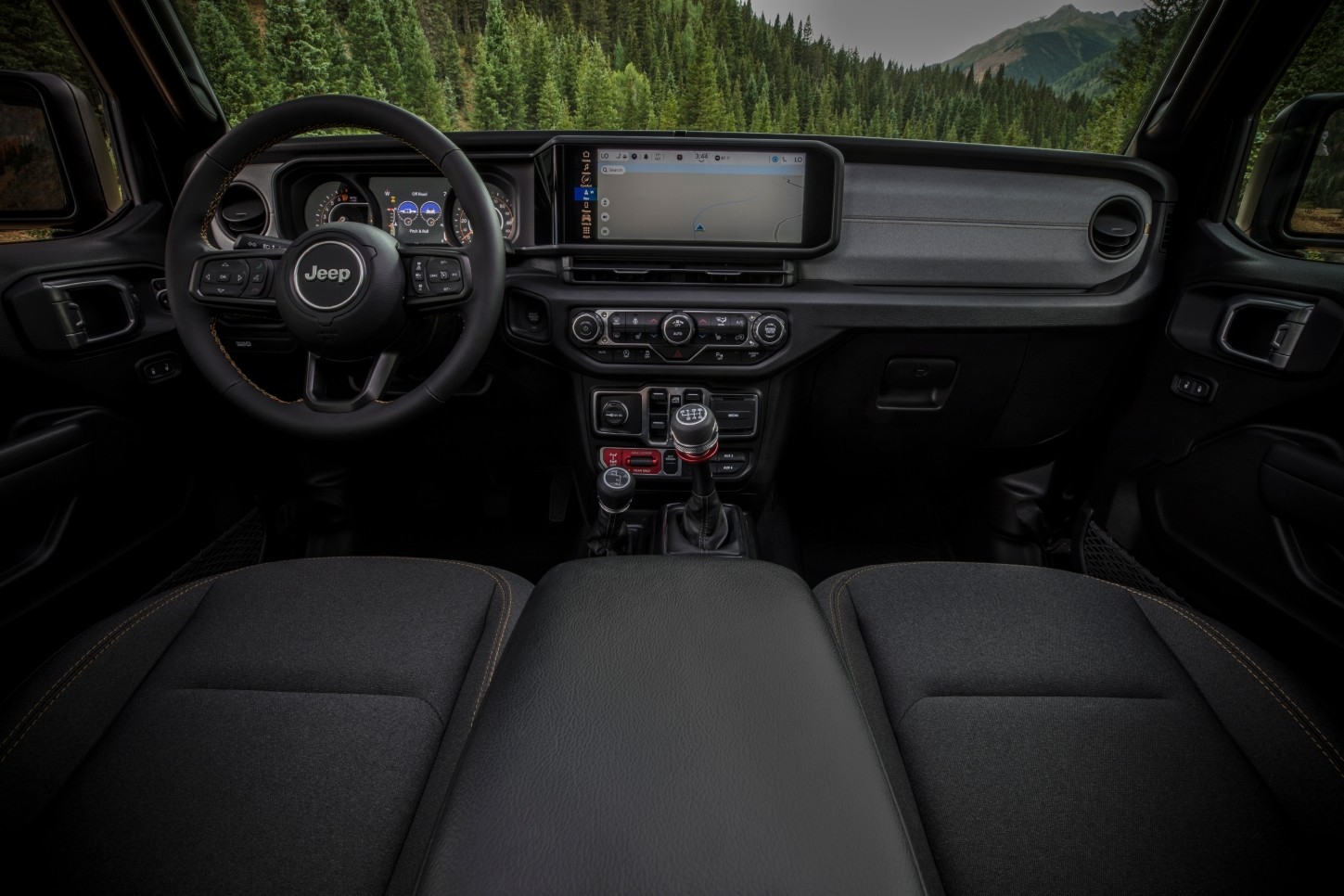
Why it Matters: The TJ perfected the traditional Wrangler formula, blending classic looks with modern comfort and unparalleled factory off-road capability, especially with the introduction of the Rubicon.
The Era of Growth: The JK/JKU Generation
The 2007 model year brought about the most significant transformation in the Wrangler’s history, expanding its appeal to a much wider audience.
3. The JK/JKU Generation (2007-2018): The Four-Door Revolution
The Jeep JK, and more notably the JKU (Wrangler Unlimited), redefined what a Wrangler could be. For the first time, a four-door version was offered, fundamentally changing the market perception of the vehicle from a niche off-roader to a versatile family adventure vehicle.
Key Features & Characteristics:
- Body Styles: Available in both traditional two-door (JK) and revolutionary four-door (JKU) configurations. The four-door’s popularity quickly surpassed that of the two-door.
- Size: Larger than previous generations, offering more interior space and a wider stance.
- Powertrain: Initially came with a 3.8L EGH V6 engine (a minivan engine, much to the chagrin of some enthusiasts). This was significantly upgraded in 2012 to the much more powerful and fuel-efficient 3.6L Pentastar V6, which vastly improved on-road performance.
- Interior & Technology: Featured a more modern interior with improved materials, better sound deadening, and more advanced technology options, including navigation and power windows/locks (features often absent in previous generations’ base models).
- Safety: Improved safety features, including electronic stability control, traction control, and electronic roll mitigation.
- Off-Road Prowess: Continued to offer the highly capable Rubicon trim, now with front and rear electronic lockers, an electronic sway bar disconnect system, and a 4:1 transfer case.
Why it Matters: The JK/JKU expanded the Wrangler’s appeal exponentially, making it a viable option for families and those who needed more practicality without sacrificing its legendary off-road capability. It became Jeep’s best-selling model.
Modernization and Mild-Hybrid: The JL Generation
The current iteration of the Wrangler builds on the JK’s success, refining its design, enhancing its technology, and diversifying its powertrain options for a new era.
4. The JL Generation (2018-Present): The Future of Freedom
The Jeep JL, introduced for the 2018 model year, represents the most modern and technologically advanced Wrangler to date. While visually similar to the JK, it features significant updates under the skin.
Key Features & Characteristics:
- Design & Weight: Evolutionary design with subtle updates, including a laid-back grille and more functional vents. It utilizes lighter materials (aluminum doors, hood, tailgate) to reduce weight and improve fuel efficiency.
- Powertrain Diversity:
- 3.6L Pentastar V6: Carries over, now often paired with eTorque mild-hybrid technology for improved low-end torque and fuel efficiency.
- 2.0L Turbo I4: A powerful and torquey four-cylinder engine with mild-hybrid assistance, offering excellent performance and better fuel economy.
- 3.0L EcoDiesel V6 (discontinued): Offered for a period, providing massive torque and extended range.
- Wrangler 4xe (Plug-in Hybrid): A groundbreaking addition, combining the 2.0L turbo engine with electric motors for significant power, instant torque, and up to 21 miles of all-electric range, making it the most fuel-efficient Wrangler ever.
- Rubicon 392 (6.4L V8): Introduced for 2021, this beast features a 470-hp 6.4L HEMI V8, making it the most powerful and fastest factory Wrangler ever produced, designed for high-speed desert running and ultimate performance.
- Technology & Interior: Greatly improved interior with higher-quality materials, more comfortable seats, and advanced Uconnect infotainment systems with larger touchscreens, Apple CarPlay, and Android Auto. Enhanced safety features like blind-spot monitoring and rear cross-path detection are available.
- Off-Road Improvements: Enhanced articulation, stronger axles, and optimized approach/departure angles. The Rubicon trim continues to lead the pack with its advanced off-road hardware.
- Gladiator (JT): While a pickup, the Gladiator is based on the JL platform, sharing many components and design cues, effectively extending the Wrangler family into the truck segment.
Why it Matters: The JL represents Jeep’s commitment to evolving the Wrangler for the future, embracing electrification and advanced technology while preserving its core off-road DNA. It offers the widest range of powertrains and features, catering to an even broader audience.
Special Editions and Niche Models
Throughout its history, Jeep has regularly released special edition Wranglers, often celebrating anniversaries, historical milestones, or enhancing specific features. These can range from appearance packages (e.g., Willys, Sahara Altitude) to performance-oriented models (e.g., Recon, Moab, 10th/75th Anniversary Rubicon). These editions cater to specific tastes and often become highly collectible.
Practical Advice and Actionable Insights for Choosing Your Wrangler
With so many versions, choosing the right Wrangler can be daunting. Here’s some practical advice:
-
Define Your Primary Use:
- Daily Driver & Mild Trails: A JK/JL Sport or Sahara, especially a 4-door, offers a good balance of comfort, practicality, and capability. The JL’s modern amenities and efficient powertrains are a plus.
- Serious Off-Roading: A TJ Rubicon (LJ is a gem), JK Rubicon, or JL Rubicon (especially the 392 or 4xe) provides factory-equipped features for extreme trails. Consider a 2-door for tighter maneuvering.
- Budget-Conscious Adventure: Older TJs and JKs offer excellent value for money and are highly modifiable.
- Eco-Conscious/Tech-Forward: The JL 4xe is the clear choice for its hybrid powertrain and modern tech.
-
New vs. Used:
- New JL: Offers the latest technology, safety features, warranty, and diverse powertrain options. Higher upfront cost.
- Used JK/TJ/YJ: More affordable, vast aftermarket support, and a robust community. Be mindful of maintenance history, rust (especially in older models), and previous modifications.
-
Engine Choice (JL Specific):
- 3.6L Pentastar: Proven, reliable, good all-around performance.
- 2.0L Turbo: More refined, excellent low-end torque, slightly better fuel economy than the 3.6L.
- 4xe: Best fuel economy, instant electric torque, quiet off-roading.
- 392: Ultimate power and performance, but comes with a significant price premium and lower fuel efficiency.
-
Modifications: The Wrangler is perhaps the most modified vehicle on the planet. Start with essentials like quality tires appropriate for your terrain. Lift kits, winches, and armor should be considered based on your off-roading ambitions. Always research thoroughly and ensure modifications are installed correctly and safely.
-
Maintenance: Wranglers are generally robust but require consistent maintenance, especially if driven off-road. Regular fluid changes, checking suspension components, and addressing any abnormal noises promptly are key to longevity.
Representative Pricing for Jeep Wrangler Versions (New & Used)
It’s challenging to provide exact pricing for all historical Wrangler versions due to age, mileage, condition, and regional variations. The table below offers representative price ranges for new JL models (as of late 2023/early 2024) and general estimated ranges for used models across different generations. Prices can fluctuate significantly.
| Model/Generation | New Price Range (Current JL) | Used Price Range (General Estimate) | Key Features/Notes |
|---|
